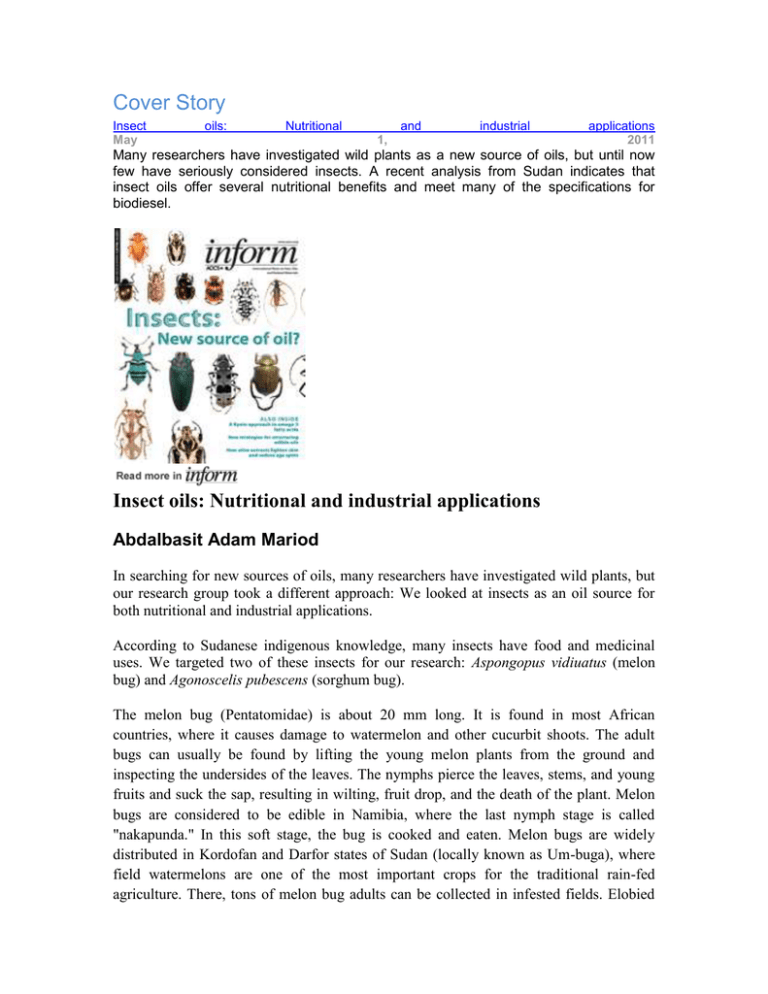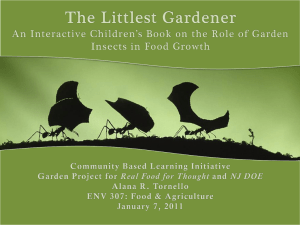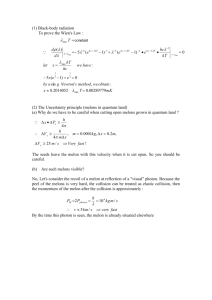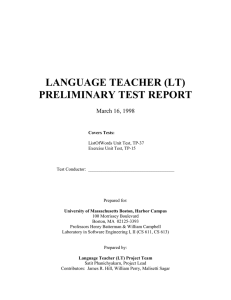34342.docx
advertisement

Cover Story Insect May oils: Nutritional and industrial 1, applications 2011 Many researchers have investigated wild plants as a new source of oils, but until now few have seriously considered insects. A recent analysis from Sudan indicates that insect oils offer several nutritional benefits and meet many of the specifications for biodiesel. Insect oils: Nutritional and industrial applications Abdalbasit Adam Mariod In searching for new sources of oils, many researchers have investigated wild plants, but our research group took a different approach: We looked at insects as an oil source for both nutritional and industrial applications. According to Sudanese indigenous knowledge, many insects have food and medicinal uses. We targeted two of these insects for our research: Aspongopus vidiuatus (melon bug) and Agonoscelis pubescens (sorghum bug). The melon bug (Pentatomidae) is about 20 mm long. It is found in most African countries, where it causes damage to watermelon and other cucurbit shoots. The adult bugs can usually be found by lifting the young melon plants from the ground and inspecting the undersides of the leaves. The nymphs pierce the leaves, stems, and young fruits and suck the sap, resulting in wilting, fruit drop, and the death of the plant. Melon bugs are considered to be edible in Namibia, where the last nymph stage is called "nakapunda." In this soft stage, the bug is cooked and eaten. Melon bugs are widely distributed in Kordofan and Darfor states of Sudan (locally known as Um-buga), where field watermelons are one of the most important crops for the traditional rain-fed agriculture. There, tons of melon bug adults can be collected in infested fields. Elobied Agricultural Research Station (North Kordofan state of Sudan) designed a handpicking program for melon bug adults in plots of about 5,000 hectares in four different areas of the state, for two




